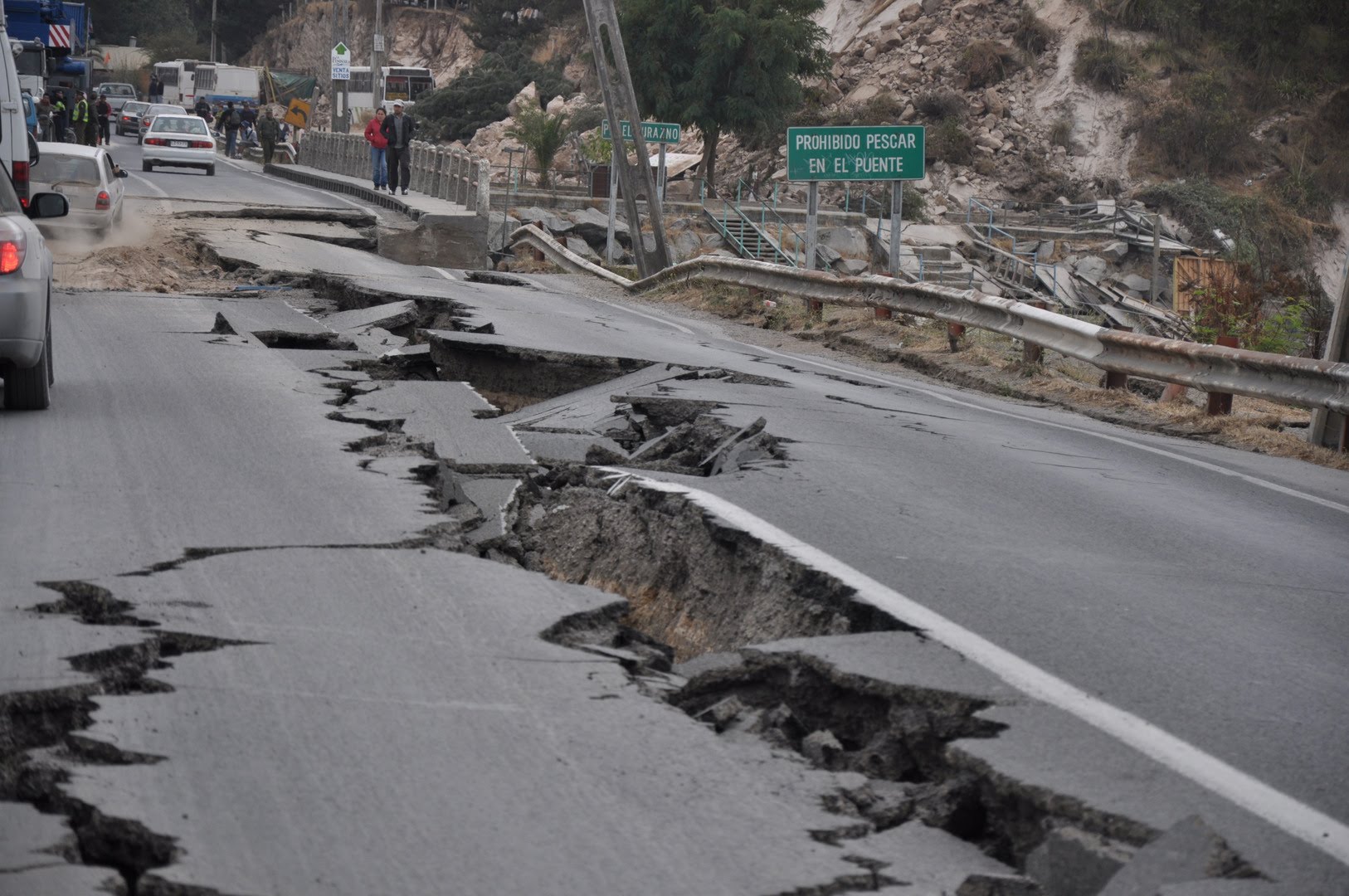While an earthquake itself can be devastating and may lead to the loss of human lives, the resulting tsunami and fire are also widely believed to be a contributing factor to the uptick in death numbers.
In recent years, seismologists have recorded an increase in earthquakes of great magnitude. While there is no precise theory on what leads to an increased magnitude, periods of about 10 years with no large earthquakes, interspersed with less active periods have been identified; however, there is no enough data to issue a reliable theory.
In the following, we will analyze the largest earthquakes in the world, detected from the moment they were registered.
- Chile, 1960 – Magnitude 9.5
Approximately 1,655 people died during the world’s largest recorded earthquake. In addition to these deaths, thousands of people were injured and millions of people were left homeless. The earthquake caused 550 million dollars worth of damage in southern Chile. The earthquake triggered / generated a tsunami that killed 61 people in Hawaii, 138 in Japan and 32 in the Philippines. The rupture occurred in the place where Nazca Plate is subducting (is diving down) beneath the South American Plate.
- Alaska, 1964 – Magnitude 9.2
The 1964 Alaskan earthquake (the Great Alaskan earthquake) and the resulting tsunami were responsible for the deaths of 128 people and 311 million dollars worth of damage. Earthquake effects were massive in many towns, including Anchorage, which was located about 120 kilometers northwest of the epicenter. Landslides have also caused serious damage. Severe landslides occurred in the city centre; gas and water mains, the sewage and the electricity supply were discontinued throughout the area. All these damages were caused in just 3 minutes.
- Sumatra, 2004 – Magnitude 9.1
In total, 227 878 people died or were reported missing and presumed dead and about 1.7 million people were displaced by the earthquake and the resulting tsunami in 14 countries in South Asia and East Africa.
The tsunami caused more casualties than any other in recorded history, although some estimates say the death toll from the 2010 Haiti earthquake was larger. This quake struck one day after Christmas along the interface of the India and Burma tectonic plates.
- Japan, 2011 – Magnitude 9.0
On March 11, 2011, an earthquake triggered a tsunami that killed about 29,000 people and damaged several nuclear reactors. This is the largest earthquake ever recorded in Japan. Aftershocks continue to rock the island of Honshu. The aftershocks included more than 50 of magnitude 6.0 or greater, and three above 7.0 magnitude.
- Kamchatka Peninsula, Russia, 1952 – Magnitude 9.0
The world’s first recorded magnitude 9.0 earthquake struck off the east coast of the Kamchatka Peninsula in 1952. The quake generated a 43-foot tsunami (13 meters) locally. The tsunami rocked even the Crescent City, in California. There were no lives lost, but on the island of Hawaii property damage was estimated at up to 1 million dollars. Kamchatka has a rocked and rumbling past and many active volcanoes and it was also hit by an 8.5 magnitude quake in 1923.
- The Coast of Ecuador, 1906 – Magnitude 8.8
A catastrophic magnitude 8.8 earthquake ruptured off the coast of Ecuador and Colombia and generated a strong tsunami that killed 500 to 1,500 people. The tsunami spread along the coast of Central America, even reaching Japan.
- Alaska, 1965 – Magnitude 8.7
The earthquake resulted in a tsunami of over 30 feet (10 meters). Despite its great magnitude, the quake caused little damage due to its remote location. The tsunami was reported in Hawaii and spread as far away as Japan. The quake led to cracking of wooden buildings and split an asphalt runway.
- Tibet, 1950 – Magnitude 8.6
At least 1,500 people were killed across eastern Tibet and Assam, India, when the earthquake rocked the region. Ground cracks, massive landslides and sand volcanoes hit the entire area. The quake was felt in the Sichuan and Yunnan Provinces of China, but also farther in Calcutta, India.
The quake caused landslides that blocked rivers, and when the rivers burst through the walls of debris, waves inundated several villages and killed hundreds of people.
This earthquake is also known as the Assam-Tibet earthquake, even though its epicenter was in Tibet. The quake struck at the intersection of the most vigorous collision of continental plates on the planet, where the Indian continental plate dives beneath the Eurasian plate.
10 biggest recorded earthquakes:








